Categorization:Product Information
The ultra-thin coaxial line connector is mainly used to connect digital signals between module boards in the differential transmission mode through the ultra-thin coaxial line. For proper signal transmission, the central conductor that transmits the signal needs to be connected to the signal circuit on the PCB board through the terminals of the connector. The outer conductor of the cable needs to be electrically connected to the PCB board through the metal part of the connector-the housing. The electrical connection between the outer conductor and the PCB board through the connector housing is called "ground".
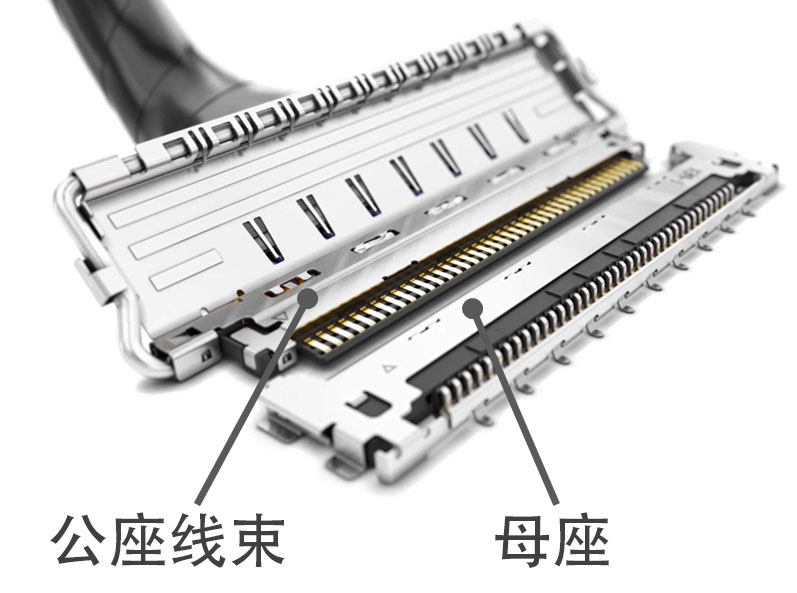
1. How to choose an extremely thin coaxial connector? :
Have you ever been confused about how to choose an extremely thin coaxial connector for high-speed transmission? ---There are many factors that can make choosing a connector difficult. To help you make a choice easier, this article provides some examples to illustrate how you should choose the connector that best suits your current application.
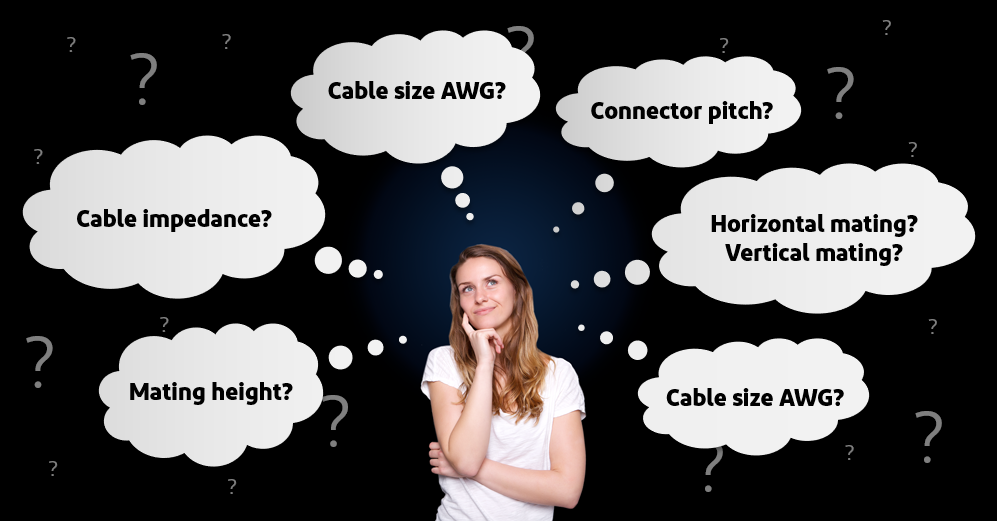
Have you ever encountered the following question, "I want to choose an extremely thin coaxial connector, but how do I make my decision"? The decision you make can have a profound impact because the connector is a very important electronic component that will directly affect the performance of the device. If you select the wrong connector, it may cause you to fail to achieve the target performance.
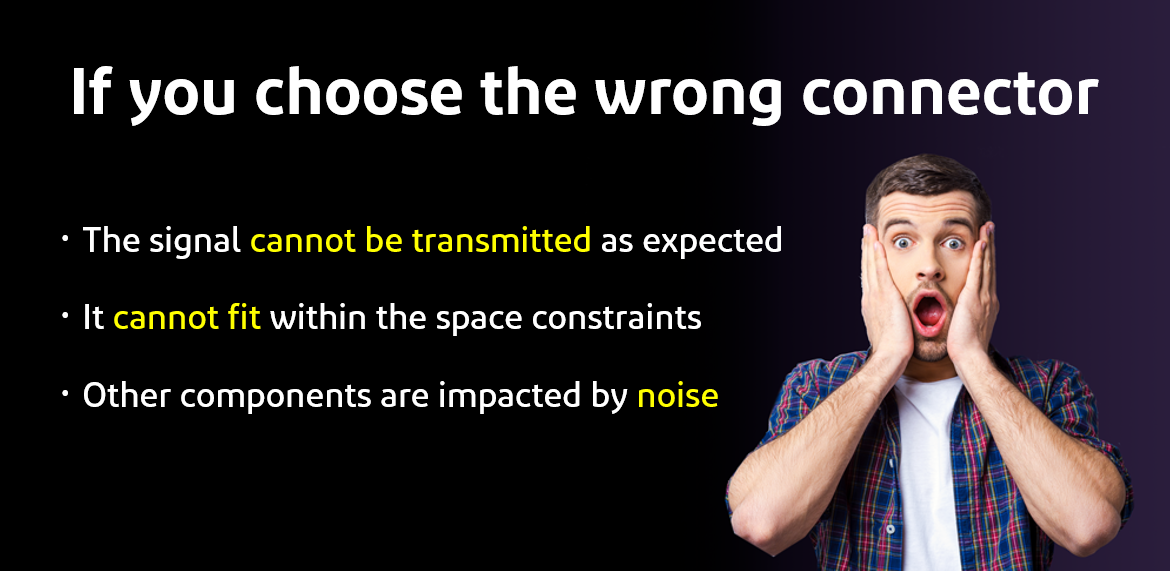
So, is there a better way to choose an extremely thin coaxial connector? If you follow the steps below, the selection process can go relatively smoothly.

① Clear transmission standards Equipment and components with different transmission standards follow different transmission standards. Before selecting a connector, select the signal you want to transmit. The transmission speed is determined by the transmission standard. ② EMC mitigation measures What is electromagnetic compatibility (EMC)? When a signal is transmitted, it emits noise to the ambient environment (EMI) while being affected by ambient noise (EMS). This noise generated by the signal can adversely affect the performance of the peripheral device. Similarly, when ambient noise interferes with a signal, its transmission is adversely affected.
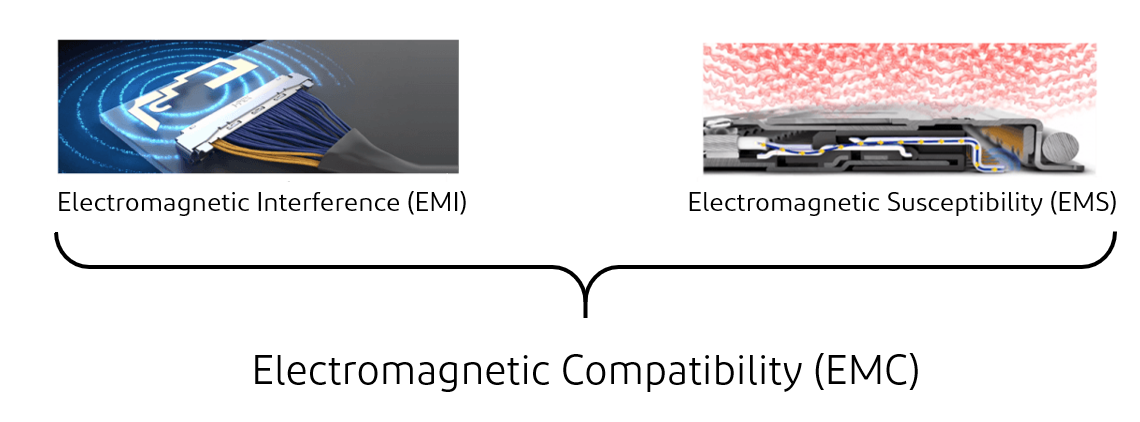
I-PEX's ZenShield ® technology helps prevent ambient noise from affecting the signal in the connector and prevents noise generated by the signal from affecting external components. This shielding technology gives you more freedom when placing other electronic components and helps to achieve high-density mounting, which is the trend for board mounting.
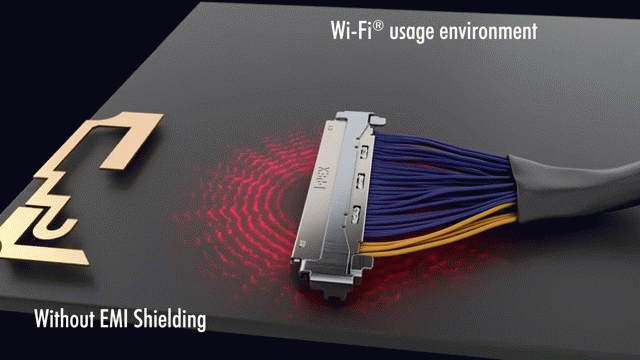
If you are struggling with noise, here is an example of an EMC shield (ZenShield ®).
③ Necessary number of pins The next step is to select the number of pins required for the application. Choosing a large pin count requires a larger connector, which takes up more space on the PCB. It also adds to the cost. ④ Description of connector size The connector size is expressed in height direction, pitch arrangement direction and depth direction. Among them, the most common limitations are height and pitch dimensions
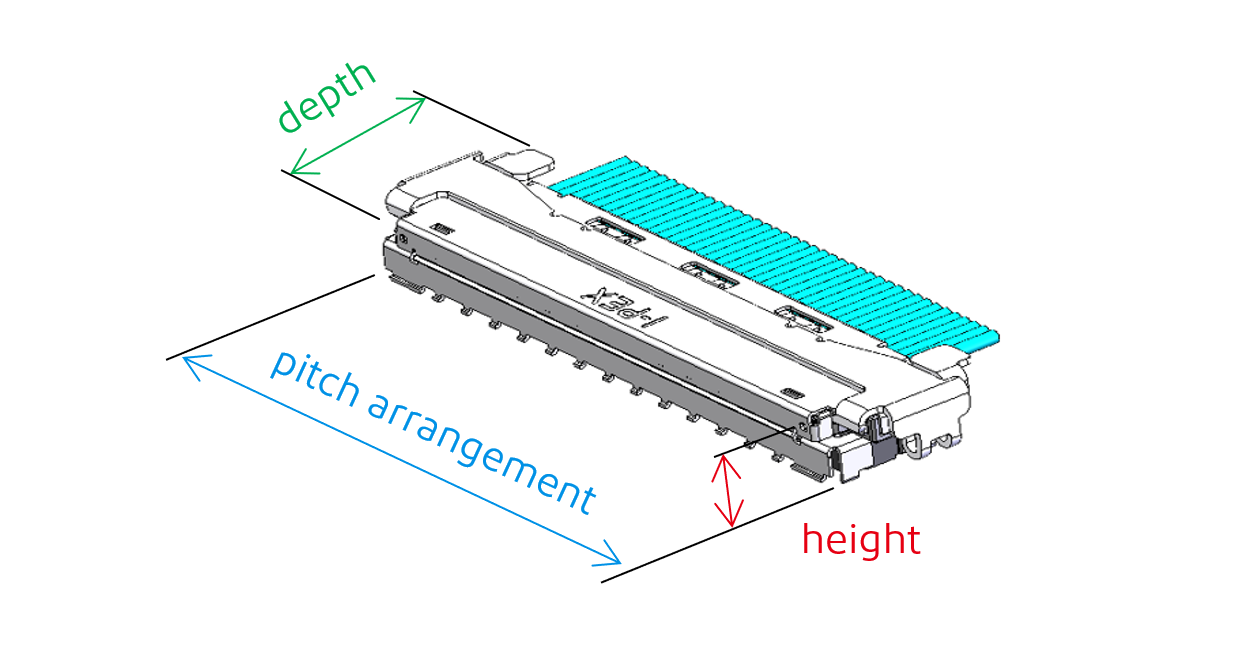
Why is the larger fit size of the connector important? The extremely thin coaxial connector female socket is mounted on the PCB and then fitted to the male socket harness. If the fitting height is too high, it may interfere with the device enclosure and prevent the enclosure from being installed as planned. What is spacing? Spacing refers to the distance from the center of one terminal pin to the center of the next terminal pin. Why is spacing important? For extremely thin coaxial connectors, the spacing of the connectors limits the larger outer diameter of the cable that can be used.

(Example 1: 0.5 mm pitch 10 pin connector, compatible cable outer diameter larger than 0.5 mm).

(Example 2: 0.4 mm pitch 10 pin connector, compatible cable outer diameter larger than 0.4 mm).
The larger the cable diameter, the lower the loss, resulting in better transmission performance. However, a larger cable diameter also takes up more space, resulting in a thicker harness. ⑤ Determine the cable size What is AWG (American Wire Gauge)? As shown in the figure below, AWG is a number represented by the center conductor diameter. The larger the AWG number, the smaller the diameter.
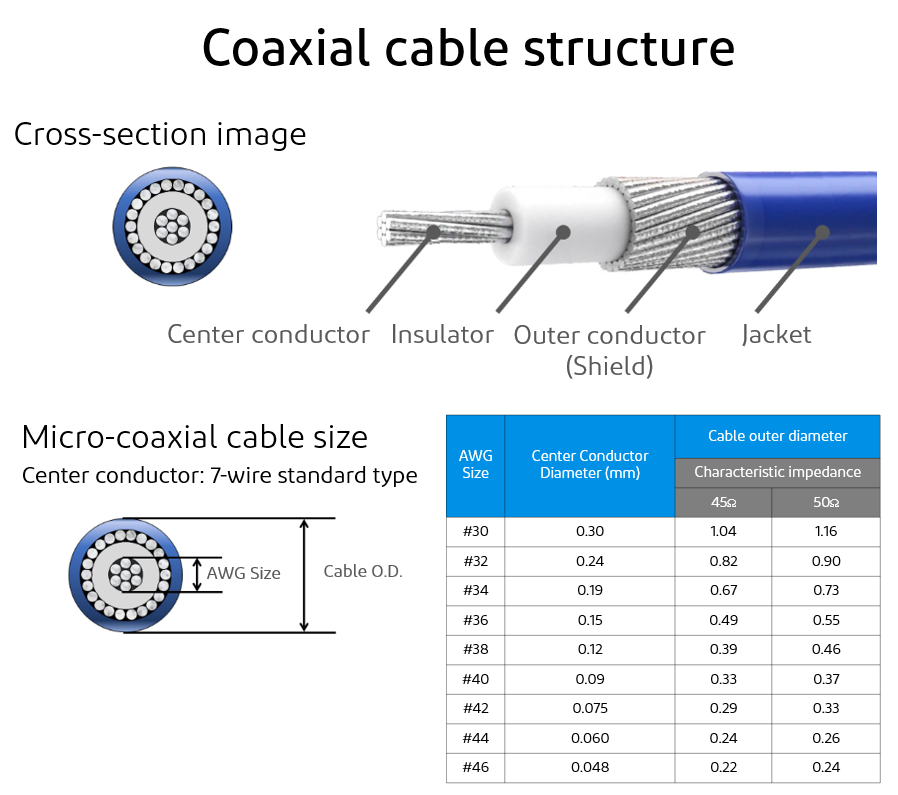
(Image of an extremely thin coaxial cable structure) Imagine a water passing through a pipe. The wider the pipe, the more water flows through it. The same applies to cables. The larger the diameter of the center conductor, the more current flows through it. Conventional wisdom is that you should always use thicker cables. However, as mentioned earlier, the size of the cable used with the connector is also limited by the spacing of the connector.
3. Brief description of Shimao Electronic Products Network Company and its products sold:
World Trade Electronic Products Network is a professional, accurate and vertical comprehensive product sales platform for the electronic industry focusing on the supply, demand and sales of connector wiring harness and cable products! Specializing in the production/sales of {Connector Harness Cable Products}; If you want to purchase or know what connector harness cable product solutions we can provide, please contact us through the following methods